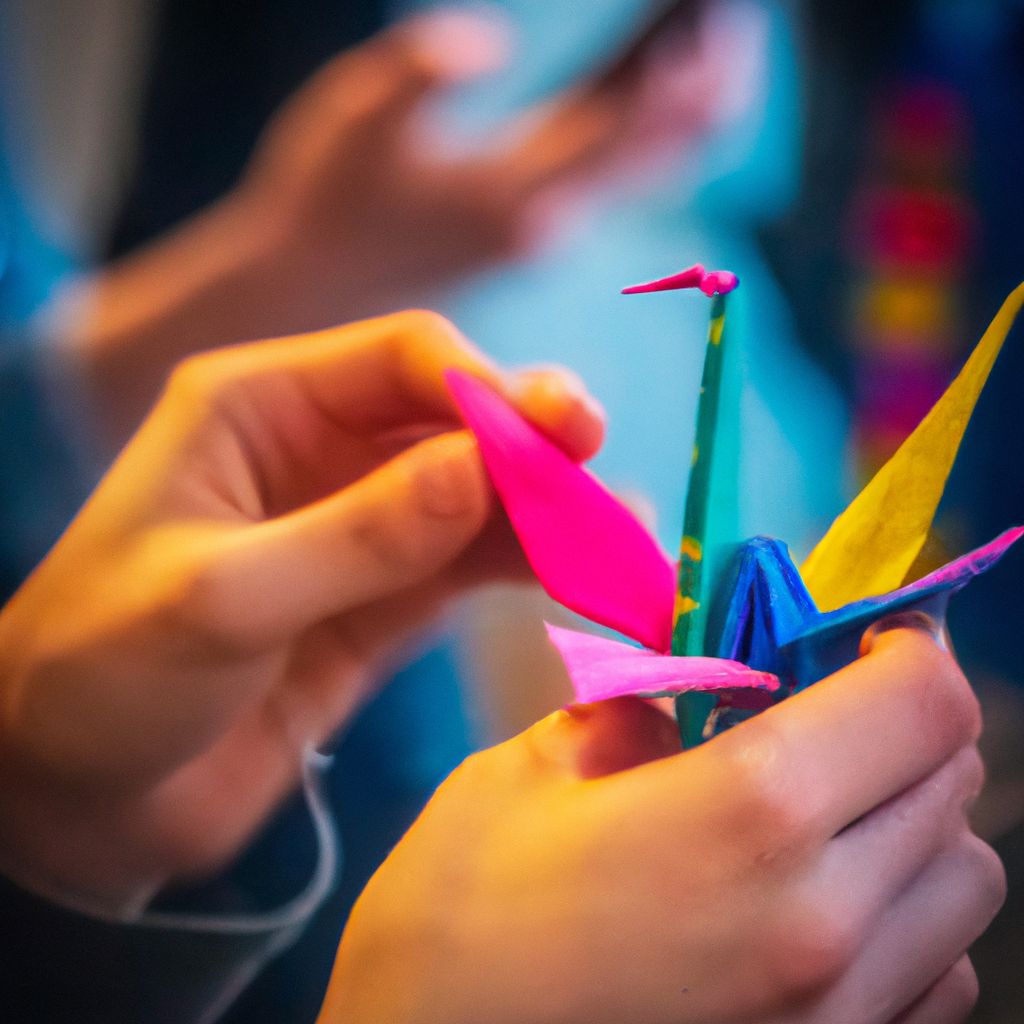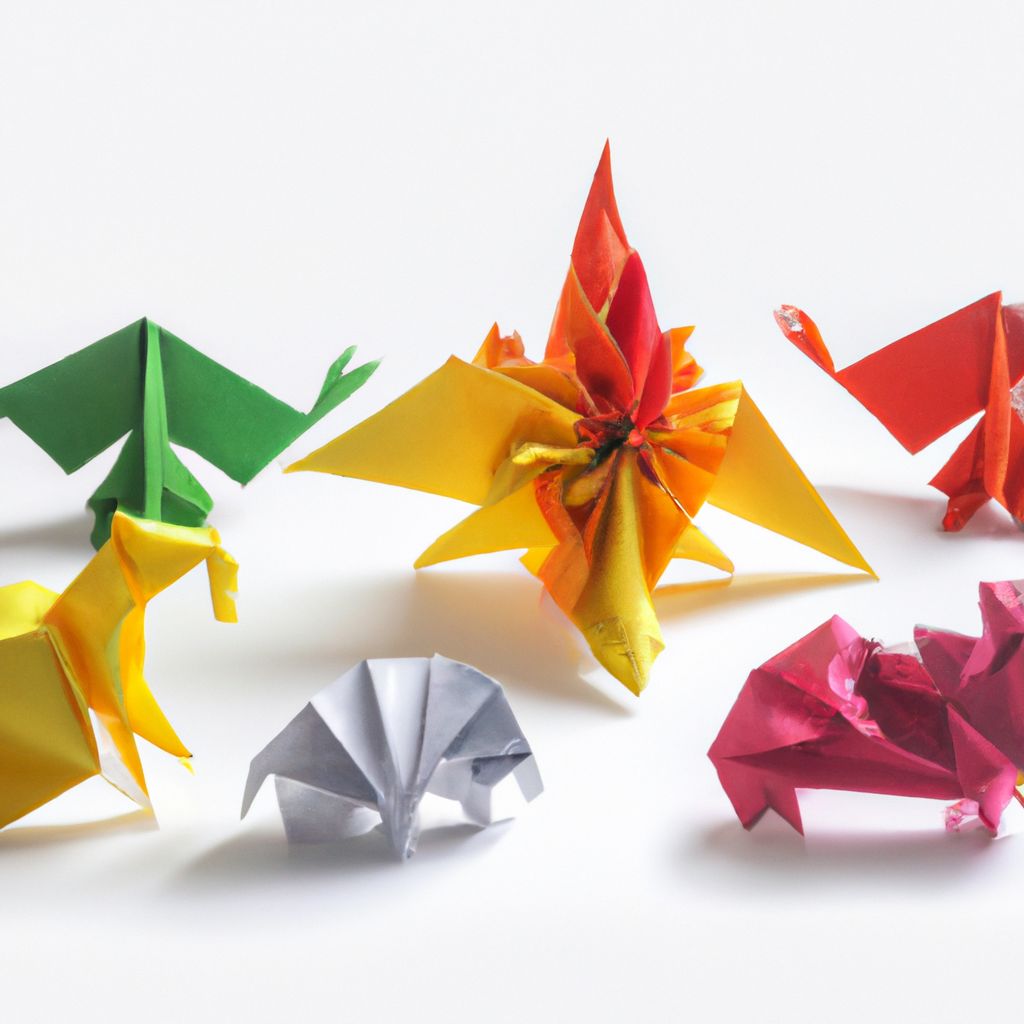- Introduction to Origami
- Understanding the History and Origin of Origami
- The Cultural Significance of Origami in Japan
- Basic Materials Needed for Origami
- Step-by-Step Guide to Simple Origami Creations
- Exploring Different Types of Origami
- The Role of Mathematics in Origami
- Origami and Its Benefits in Education
- Therapeutic Impacts of Origami
- Advanced Origami Techniques
- Modern Day Origami: Art and Technology
- Using Origami in Everyday Life
- Famous Origami Artists and Their Works
- Conclusion: The Endless Possibilities with Origami
Introduction to Origami
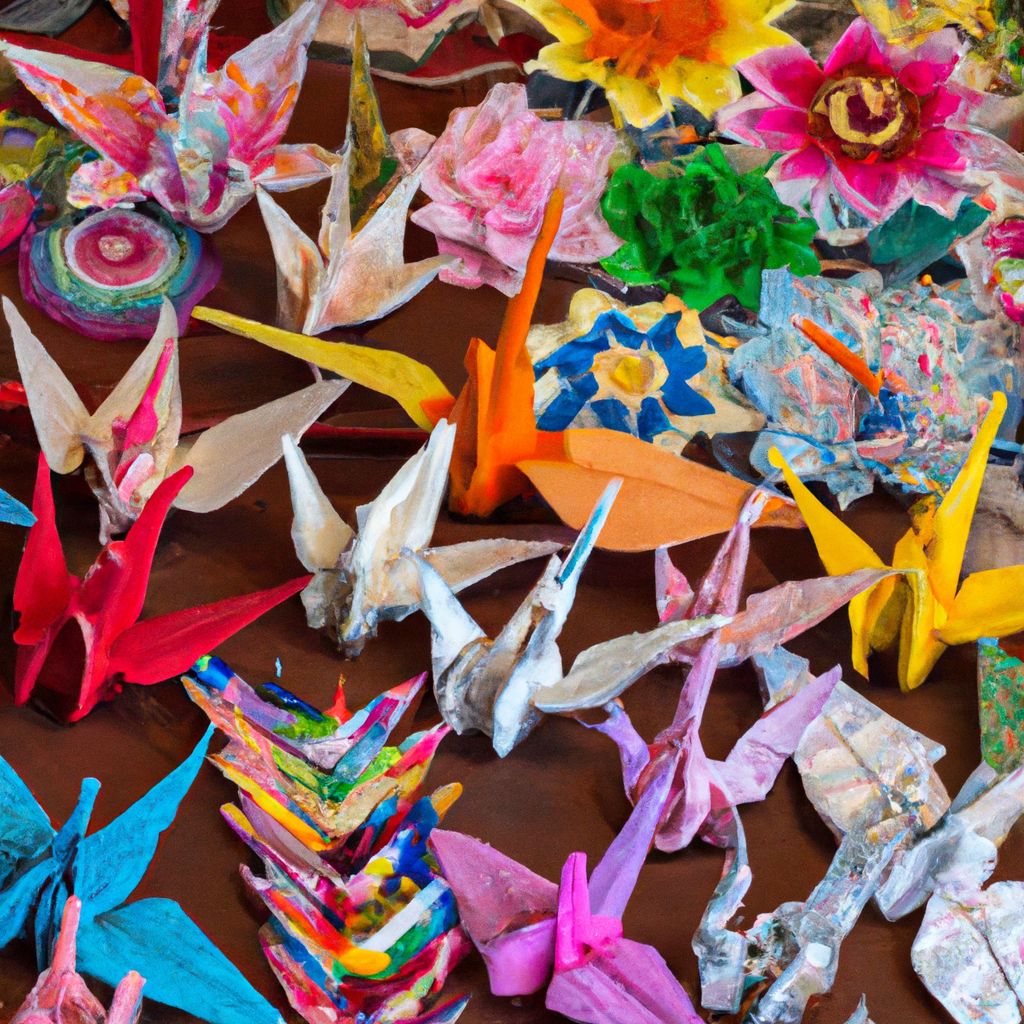
Origami, a fascinating and intricate art form originating from Japan, has captivated people around the globe for centuries. The term itself is derived from the Japanese words 'oru' meaning 'to fold' and 'kami' meaning 'paper', succinctly defining the essence of this delicate craft. As the name suggests, origami involves the transformation of a flat piece of paper into a three-dimensional object solely through the process of folding. This requires no cutting, gluing, or marking of any kind, thereby upholding the purity and simplicity of the art form.
Historically, origami was used in religious ceremonies and rituals in Japan as early as the 6th century. However, it has since evolved into a universally appreciated art form that straddles the line between playfulness and sophistication. Today, it's not only recognized as a symbol of Japanese culture but also serves as an influential tool in various fields including education, therapy, and even in advanced scientific research.
From the classic crane, symbolizing peace and longevity, to intricate designs of animals, flowers, and geometric shapes, origami offers endless possibilities for creativity and expression. Despite its complexity, the beauty of origami lies in its accessibility - all you need to get started is a piece of paper and a willingness to learn.
Understanding the History and Origin of Origami
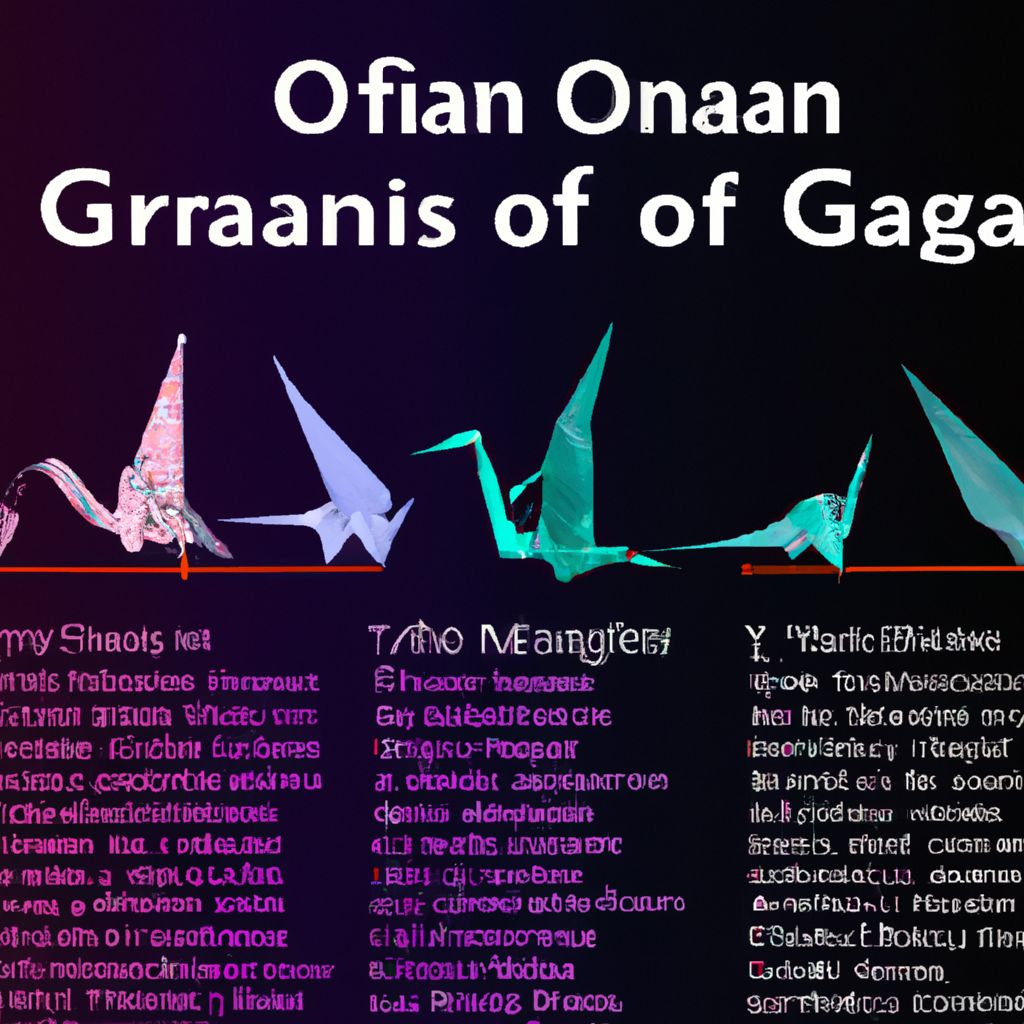
The art of origami boasts a rich and intriguing history that dates back to the 6th century. The introduction of paper to Japan by Buddhist monks led to the genesis of origami, initially used for religious ceremonies due to the high cost of paper. The earliest known origami design, a folded paper boat, was discovered in a burial site in Japan, marking the inception of this timeless art form.
By the Edo period (1603-1868), paper became more affordable, and origami spread among the masses. The practice was no longer confined to religious rituals but began to be used for recreational and decorative purposes. It was during this period that the traditional origami crane, or 'orizuru', became popular, symbolizing peace and longevity.
In the 18th century, the first known written instructions for origami appeared in the book "Sembazuru Orikata", and by the mid-20th century, Akira Yoshizawa, often referred to as the 'grandmaster of origami', revolutionized the art form by developing a system of folding patterns and notation. His work popularized origami worldwide and contributed to its recognition as a serious art form.
Today, origami is not just an art; it encompasses a range of activities including mathematical study, scientific research, and even psychological therapy, demonstrating the diverse applications of this ancient craft. The journey of origami, from a religious ritual to a globally recognized art and science, is a testament to its enduring charm and value.
The Cultural Significance of Origami in Japan
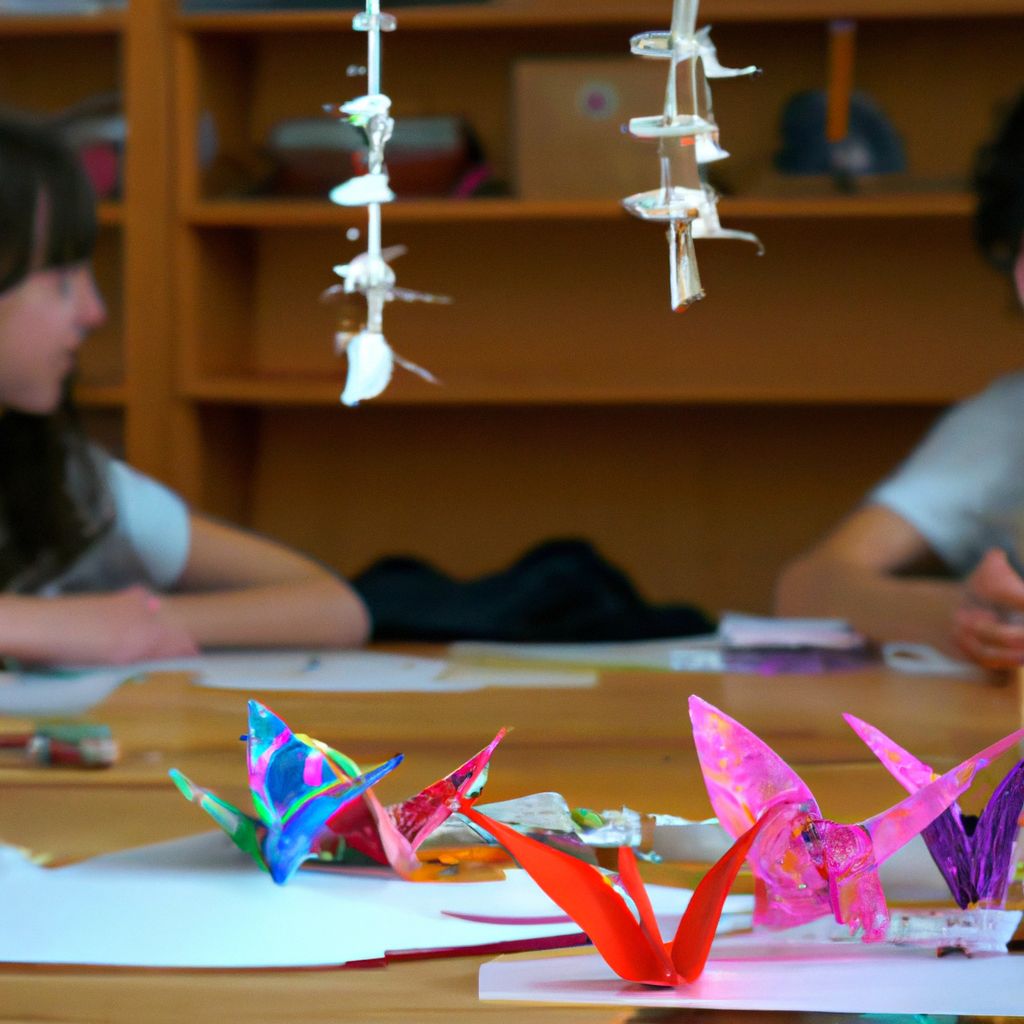
In Japan, origami is more than just a simple pastime or artistic endeavor; it's deeply ingrained in the nation's culture and traditions. From a young age, Japanese children are introduced to origami, often beginning with the iconic paper crane, known as 'orizuru'. This cultural practice is not only a method of fostering creativity but also serves as a way of instilling values of patience, precision, and respect for materials.
The paper crane holds a special significance in Japanese culture. Based on an ancient Japanese legend, it is believed that anyone who folds a thousand paper cranes will be granted a wish by the gods. This belief has led to the practice of folding 'senbazuru', a group of one thousand origami cranes, often strung together and given as wedding gifts or to wish someone good health and long life. The crane symbolizes hope and healing during challenging times, and has become a powerful symbol of peace, particularly since the story of Sadako Sasaki, a young girl affected by the atomic bombing of Hiroshima, who folded paper cranes in her final days.
Beyond the crane, various origami shapes have specific meanings in Japan. For instance, a butterfly, or 'cho-cho', is traditionally used in wedding ceremonies to represent the bride and groom. The 'tsuru', or turtle, symbolizes longevity and good luck. These and many other origami figures play a vital role in Japan's various festivals and celebrations, showcasing the cultural depth and significance of this beautiful art form.
Basic Materials Needed for Origami
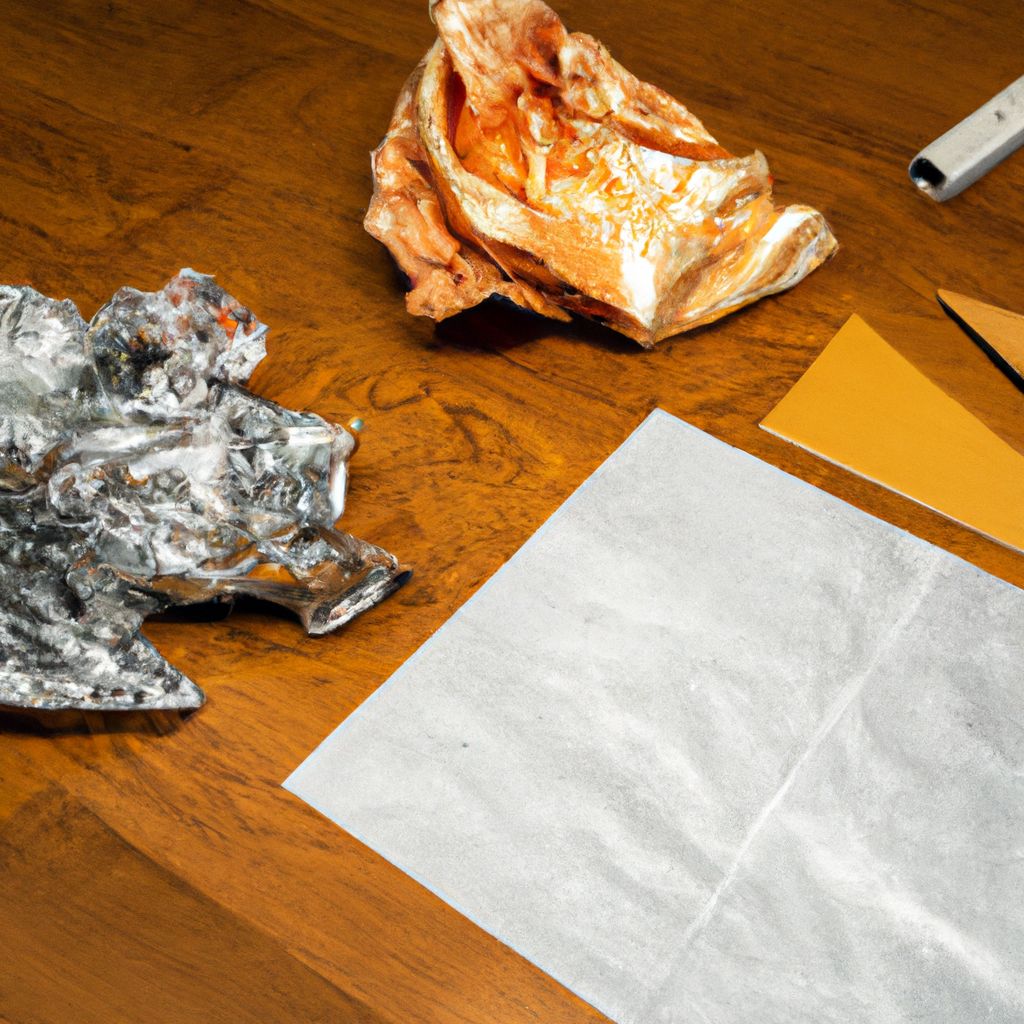
One of the key attractions of origami is its simplicity. Unlike many artistic pursuits that require a host of materials and tools, origami requires little beyond a sheet of paper. However, the quality and type of paper can greatly impact the final result. Therefore, it's crucial to choose your materials wisely.
The ideal paper for origami is thin yet sturdy and holds creases well. It should also resist tearing. Origami paper, or 'kami', is specifically designed for this purpose. It is usually coloured on one side and white on the other, allowing for interesting color effects in the finished model. Kami is commonly sold in squares of various sizes, the most common being 15cm x 15cm.
While kami is the traditional choice, there are many other types of paper suitable for origami, depending on the complexity of the model and the desired effect. These include washi, a traditional Japanese paper known for its strength and flexibility; foil-backed paper, ideal for intricate models; and tissue foil, which combines the thinness of tissue paper with the strength of foil.
Other useful tools for origami include a flat, clean folding surface, a bone folder for crisp creases, and a ruler or straight edge. However, these are optional and not necessary for beginners. The beauty of origami lies in its minimalism - with just a sheet of paper, you can create a world of beautiful shapes and structures.
Step-by-Step Guide to Simple Origami Creations
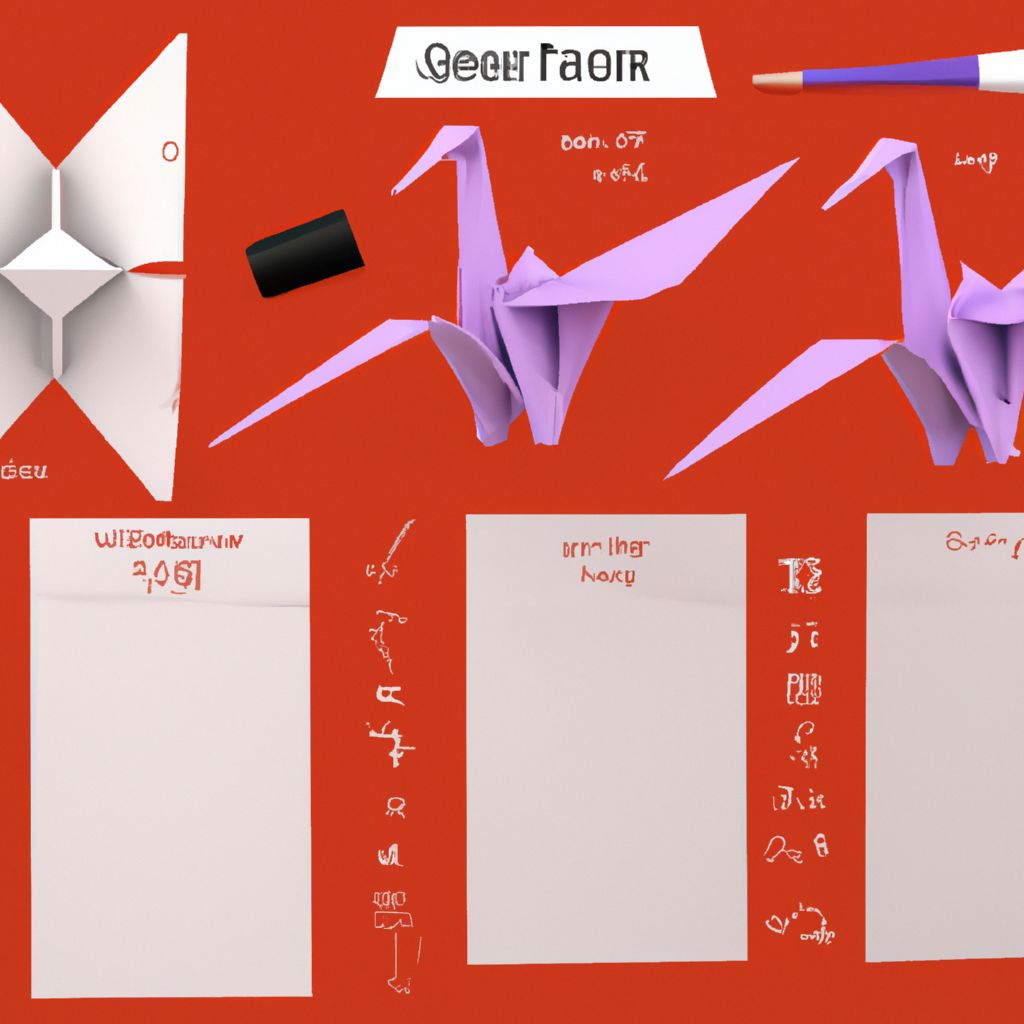
While the art of origami can lead to incredibly complex creations, beginners can start with simple models that require only basic folds. Here's a step-by-step guide to creating two simple yet classic origami models: the paper crane and the fortune teller.
The Paper Crane
- Start with a square piece of origami paper. If one side is colored, place it face down.
- Fold the paper in half diagonally to form a triangle. Unfold and repeat with the opposite corners. You should have an 'X' crease.
- Fold the paper in half, creasing well and then unfold. Repeat with the other side.
- Bring all corners to the center of the 'X' crease, forming what is known in origami as a 'squash fold' or 'preliminary base'.
- Fold the top triangles toward the center line. Then, fold the top triangle downwards.
- Repeat these steps on the other side. You should now have the 'bird base'.
- Fold the sides inwards, then fold the lower part upwards, creating the 'neck' and 'tail' of the crane.
- Fold the wings down, and you have your paper crane!
The Fortune Teller
- Begin with a square piece of origami paper. If one side is colored, place it face down.
- Fold the paper in half, creasing well and then unfold. Repeat with the other side.
- Bring all corners to the center of the 'X' crease.
- Flip the paper over and once again bring all corners to the center.
- Fold the square in half, crease well and then unfold. Repeat with the other side.
- Finally, insert your fingers into the flaps of the fortune teller and gently push the center together to form the final shape.
These are just two examples of the countless creations possible with origami. As you become more comfortable with the basics, you can start to explore more complex models, each with its unique steps and techniques. Remember, patience and precision are key in origami. Happy folding!
Exploring Different Types of Origami
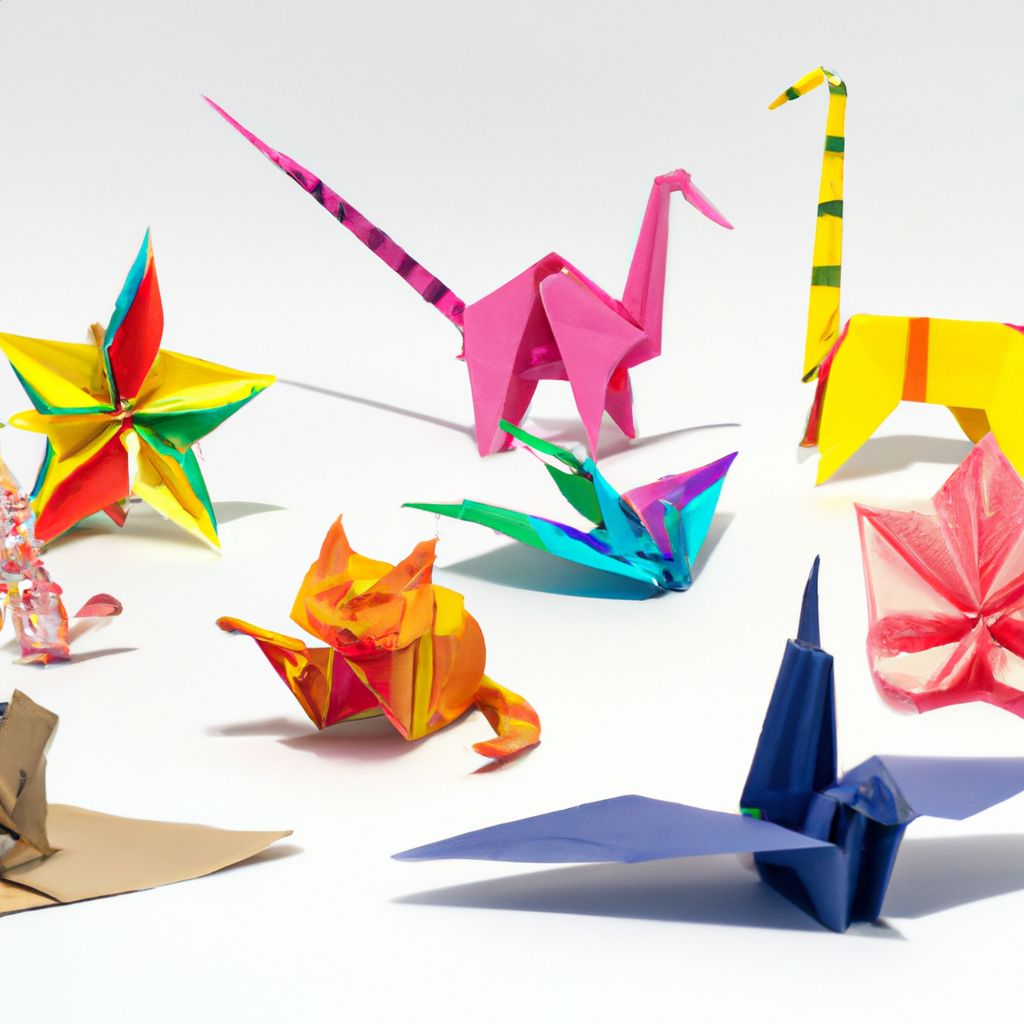
While many people associate origami with the traditional Japanese art of paper folding, the term encompasses a wide range of styles and techniques. From the classic crane to intricate modular designs, origami offers endless possibilities for creativity. Let's explore a few different types of origami.
Traditional Origami
Traditional origami refers to designs which have been passed down through generations. These designs usually require just one piece of square paper and involve a series of folds to create recognizable shapes like cranes, boats, and boxes. The simplicity and elegance of traditional origami make it a great starting point for beginners.
Modular Origami
Modular origami, also known as unit origami, involves folding multiple identical pieces of paper, or 'units', and then assembling them without glue or tape to create a larger structure. These models can range from simple cubes to complex geometrical shapes and even 3D representations of animals and characters.
Wet-folding Origami
Developed by origami master Akira Yoshizawa, wet-folding involves dampening the paper before folding to allow for gentle curves rather than sharp creases. This technique is often used for more realistic models, especially those depicting living creatures.
Kirigami
Kirigami is a variation of origami that includes cutting the paper, a practice generally avoided in traditional origami. This allows for more complex and detailed designs. The most common form of kirigami is the paper snowflake.
Origami Tessellations
Origami tessellations involve folding a single sheet of paper into a repeating pattern, much like the tessellations seen in traditional Moorish architecture or the artwork of M.C. Escher. This form of origami requires a high degree of precision and patience and is often considered more of a mathematical exercise than a traditional craft.
These are just a few examples of the vast world of origami. Each style offers its unique challenges and rewards, allowing artists to continually push the boundaries of what can be achieved with a simple piece of paper.
The Role of Mathematics in Origami
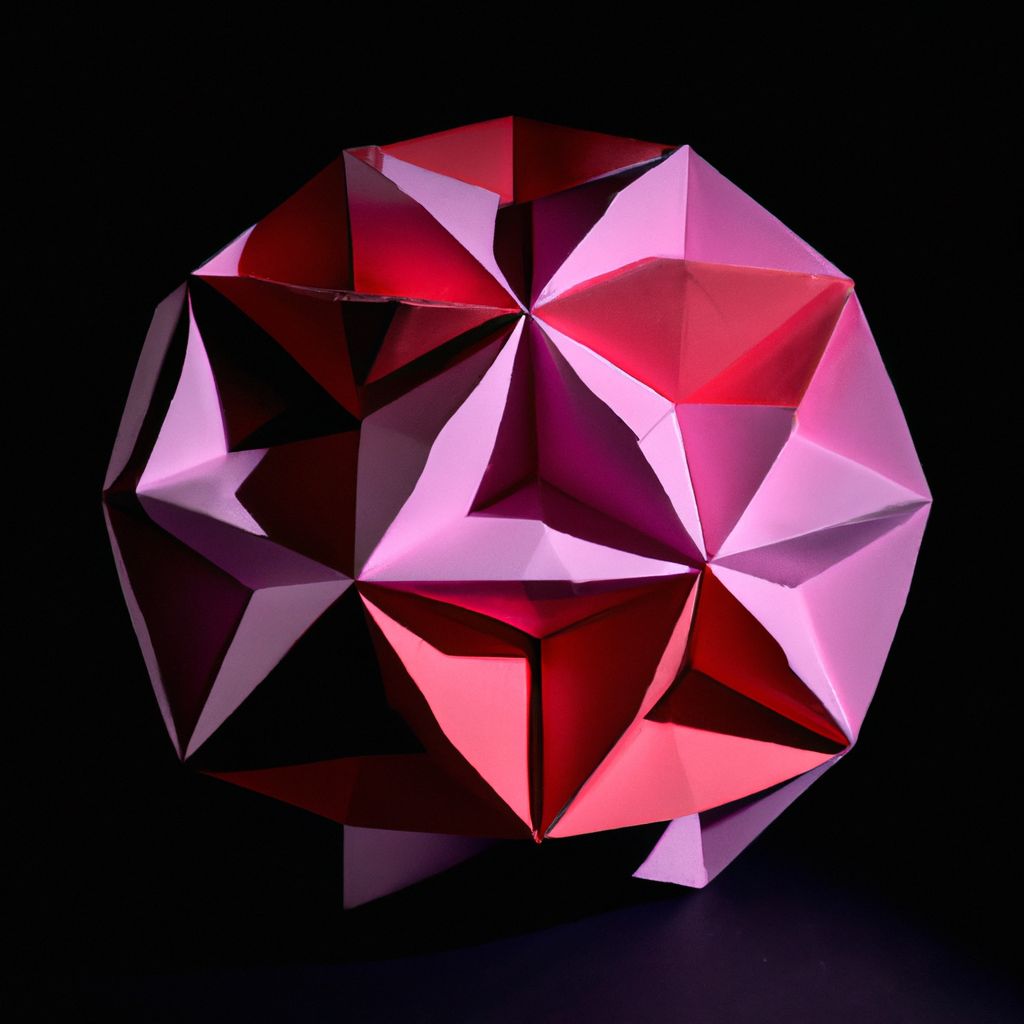
The intricate art of origami and the precise science of mathematics may seem like unlikely partners, but they are in fact closely intertwined. Mathematical principles underpin every fold and crease, making origami more than just an art form - it's a visual and tangible expression of geometry.
Geometry in Origami
At its core, origami is about transforming a flat, two-dimensional surface into a three-dimensional object, which is essentially a geometric exercise. Every origami design, no matter how complex, begins with a simple square and involves manipulating geometric shapes through folding. In many ways, origami can be seen as 'foldable geometry'.
The Role of Algorithms
Creating an origami design often involves figuring out a sequence of folds that will transform a flat piece of paper into a desired shape, which is fundamentally an algorithmic problem. In fact, modern origami design is often done using computer algorithms, especially for more complex models. This has allowed for designs that were previously unimaginable, such as incredibly detailed animals and intricate tessellations.
Origami and Mathematical Problems
Origami has been used to solve complex mathematical problems and prove theorems. For instance, the 'fold and cut' theorem, which states that any shape with straight sides can be cut from a single piece of paper by folding it in a certain way and making one straight cut, was proven using origami.
Origami in Education
Because of its strong mathematical foundation, origami has been used as an educational tool to teach geometry, fractions, and spatial reasoning in an engaging and hands-on way. Research has shown that using origami in education can help improve students' spatial visualization skills, a key competency in STEM fields.
In conclusion, while origami may seem like a simple craft on the surface, it is deeply rooted in mathematical principles. This makes it a powerful tool not only for artistic expression but also for scientific exploration and education.
Origami and Its Benefits in Education
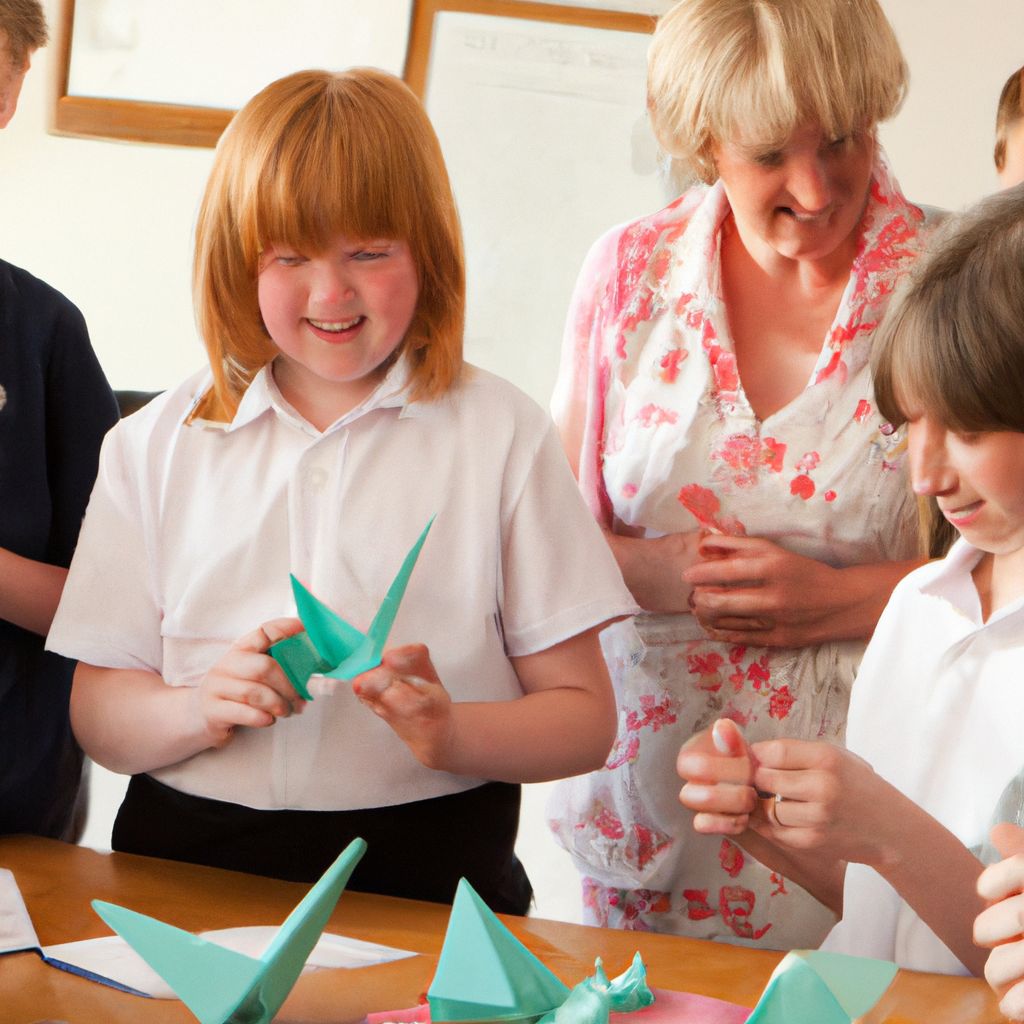
Origami, beyond just being a captivating art form, has proven to be an effective educational tool, offering a wealth of benefits for students of all ages. As a hands-on, interactive learning method, it brings abstract mathematical concepts to life and helps foster a range of crucial skills. Let's delve into how origami is revolutionizing the educational landscape.
Enhances Spatial Skills and Understanding of Geometry
Origami is a tangible representation of geometry in action. By folding paper into various shapes and forms, students gain a hands-on understanding of concepts such as symmetry, fractions, angles, and area. Research has shown that using origami in education can significantly improve spatial visualization skills - a key competency in STEM fields.
Boosts Fine Motor Skills
The precise and intricate folds in origami require a high degree of hand-eye coordination and dexterity. This makes origami particularly beneficial for younger students in developing their fine motor skills. It also encourages patience and attention to detail.
Promotes Mindfulness and Reduces Stress
The focused, step-by-step nature of origami can have a calming and meditative effect. It requires concentration and offers a sense of accomplishment upon completion, which can boost self-esteem. Numerous studies have highlighted the therapeutic benefits of origami, including stress reduction and increased mindfulness.
Encourages Creativity and Problem-Solving Skills
Origami is as much an art as it is a science. It allows students to express their creativity while also presenting them with problems to solve - such as how to transform a flat sheet of paper into a three-dimensional model. This balance of creativity and analytical thinking makes origami a highly effective tool for cognitive development.
Offers a Cross-Cultural Learning Experience
As an integral part of Japanese culture, origami presents an opportunity for cross-cultural learning. Students can gain insight into Japanese traditions, symbolism, and history, promoting cultural understanding and respect.
In conclusion, origami offers a unique blend of artistic expression and scientific exploration, making it a powerful educational tool. By incorporating origami into the curriculum, educators can engage students in a hands-on, creative learning experience that fosters a range of cognitive and motor skills.
Therapeutic Impacts of Origami
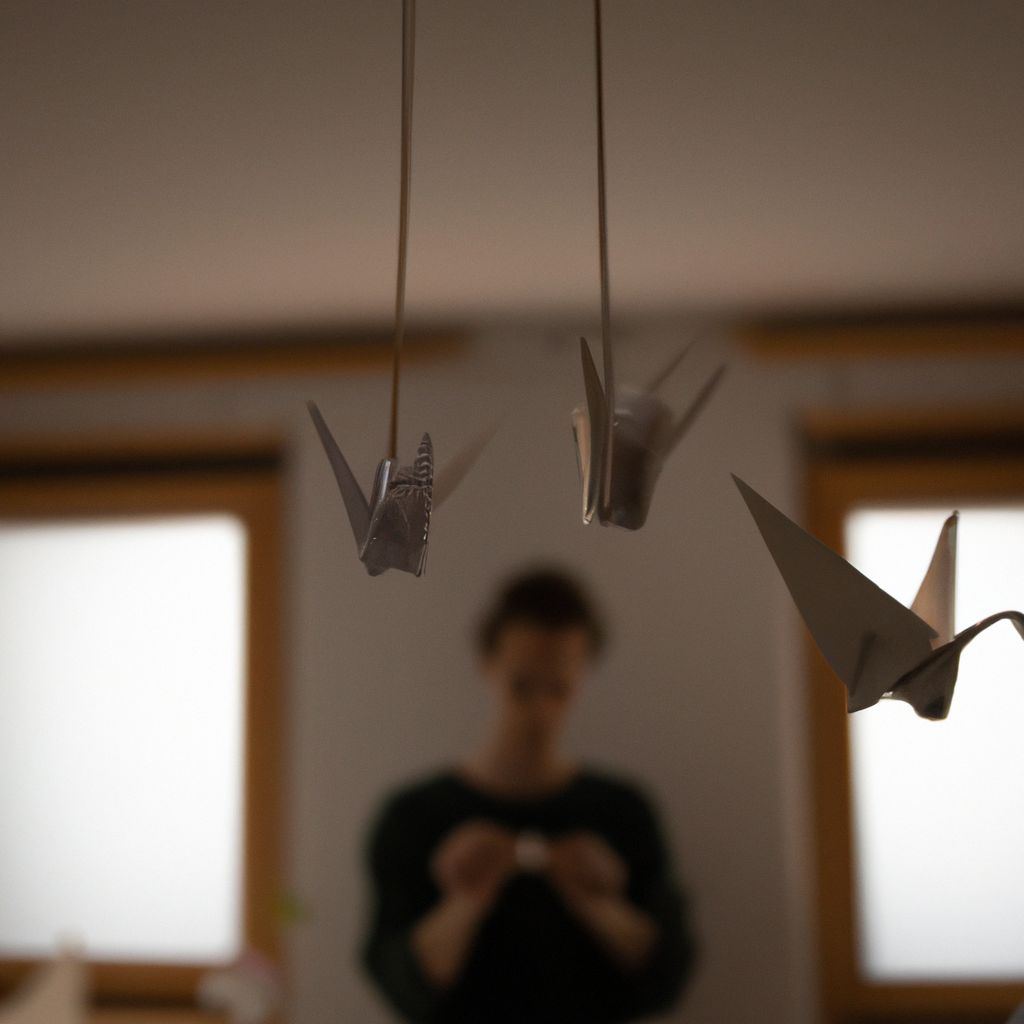
Origami, the art of paper folding, has transcended its traditional artistic boundaries to become a recognized form of therapy. The therapeutic benefits of origami are manifold, ranging from improved mental health to enhanced physical dexterity. The practice of creating art with our hands, combined with the mental concentration required, creates a synergy that benefits our overall well-being. Let's explore some of the therapeutic impacts of origami.
Cognitive Development and Rehabilitation
Origami requires a significant level of concentration, memory, and visual spatial skills. Regular practice can enhance these cognitive abilities, making it a useful tool for cognitive rehabilitation, especially for individuals recovering from stroke or traumatic brain injury. It can also help slow cognitive decline in older adults.
Motor Skills and Hand-Eye Coordination
The precise folding involved in origami helps improve fine motor skills and hand-eye coordination. This can be particularly beneficial for those with physical disabilities, injury recovery, or conditions like Parkinson's disease. For children, origami can aid in the development of these crucial skills.
Mental Health and Mindfulness
The focused nature of origami can have a meditative effect, promoting mindfulness and reducing stress. It has been used as a form of art therapy for individuals dealing with mental health issues, including anxiety and depression. The sense of accomplishment upon completing an origami model can also boost self-esteem and provide a sense of control, which is particularly beneficial for those struggling with mental health issues.
Social Skills and Communication
Origami can be a social activity, fostering communication, teamwork and cultural exchange. It can be particularly beneficial for individuals with social anxiety, as it provides a shared activity and focal point for interaction. In group settings, origami can help develop patience, respect for others, and cooperative skills.
In conclusion, origami is more than just a creative pastime. Its therapeutic impacts are far-reaching, offering significant benefits for cognitive development, motor skills, mental health, and social interaction. As an accessible and affordable form of therapy, origami has the potential to improve lives in a tangible and beautiful way.
Advanced Origami Techniques
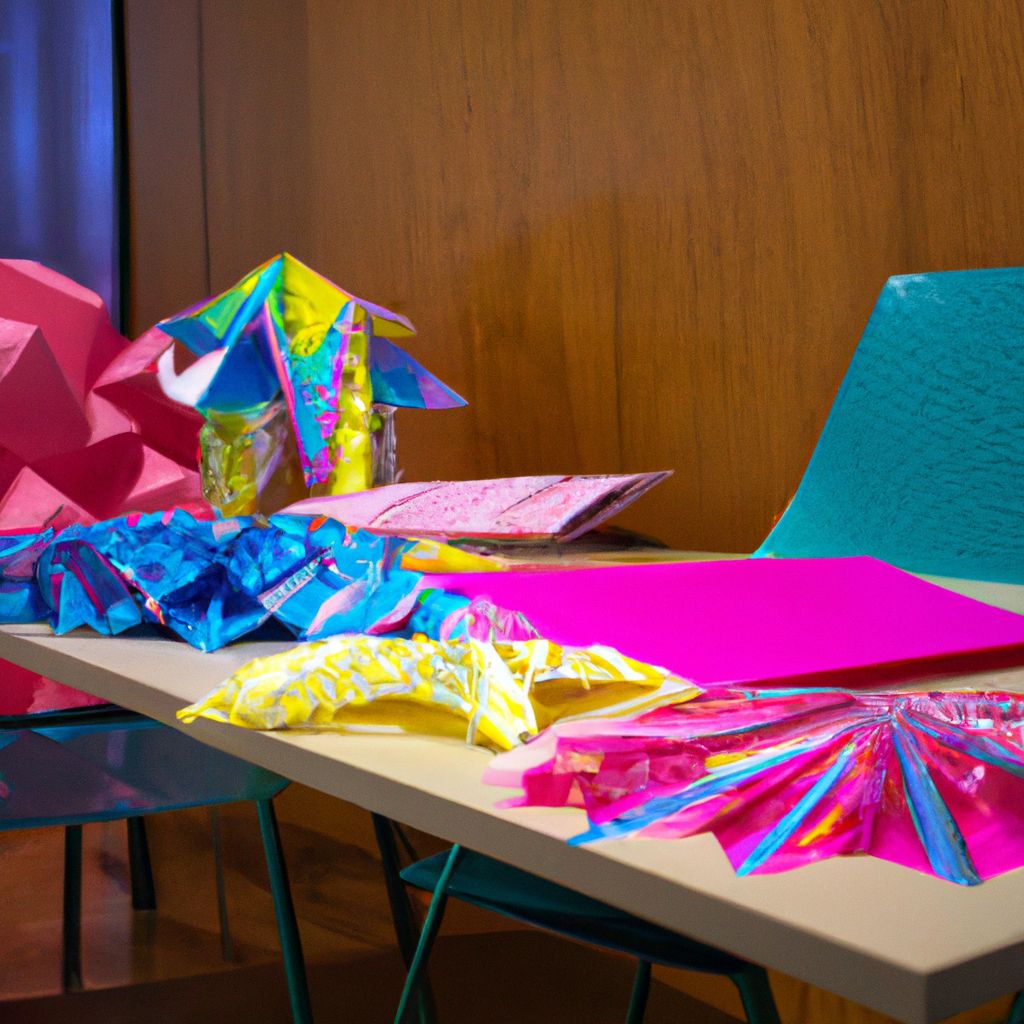
While origami can be as simple as folding a paper airplane or a boat, advanced origami techniques elevate this art form to new levels of complexity and creativity. These techniques allow artists to create incredibly detailed and realistic models, from intricate geometric shapes to lifelike animals and figures. Let's explore some of these advanced origami techniques.
Wet-Folding
Developed by origami master Akira Yoshizawa, wet-folding involves dampening the paper before folding it. This allows the paper to be molded more easily, creating gentle curves and shapes that give the final model a more realistic, sculpted look. Wet-folding is often used for models that require a level of realism beyond what can be achieved with crisp, sharp folds, such as animals or human figures.
Box-Pleating
Box-pleating is a technique that involves dividing the paper into a grid of squares, which are then folded to create the model. This technique allows for complex models with many points or appendages, and is often used for insects and other animals. The process requires careful planning and precise folding.
Shaping and Modeling
Shaping and modeling involve adding finishing touches to a model after the main folding sequence is complete. This can include rounding out edges, puffing out sections of the model, or adding curvature to make the model more three-dimensional and realistic. This technique requires a careful hand and a good understanding of the paper and model structure.
Tessellations
Origami tessellations are a form of geometric origami that involve folding a single sheet of paper into a repeating pattern. This technique requires a high degree of precision and patience, and can result in stunning, intricate designs. Origami tessellations are often considered more of a mathematical exercise than a traditional craft.
These advanced techniques open up a world of possibilities in origami, allowing artists to create models of incredible complexity and beauty. However, they also require a high level of skill and understanding of the principles of origami. It's recommended to master the basics before diving into these advanced techniques.
Modern Day Origami: Art and Technology

Modern origami has evolved far beyond its traditional roots, pushing the boundaries of art and science. Today's origami artists are creating mind-bogglingly complex designs, often with the help of computer algorithms. At the same time, scientists and engineers are applying origami principles to solve complex problems in fields such as robotics, medicine, and space exploration. Let's delve into how origami is shaping art and technology in the modern world.
Origami in Art
Contemporary origami artists are continually exploring new techniques and pushing the limits of what can be achieved with a single sheet of paper. Using advanced folding techniques and often incorporating elements from other art forms such as sculpture and painting, they are creating works that challenge our perception of origami. Artists like Robert J. Lang and Satoshi Kamiya have gained international recognition for their incredibly detailed and realistic origami sculptures.
Origami and Computer Algorithms
Many modern origami designs are created with the help of computer algorithms. These algorithms can calculate the optimal folding pattern to transform a flat sheet of paper into a desired three-dimensional shape. This has allowed for designs of unprecedented complexity, and has also helped bridge the gap between origami and technology.
Origami in Technology and Science
Origami principles are being applied in a surprising range of scientific and technological fields. For instance, engineers are using origami-inspired designs to create compact, foldable structures for space exploration. In medicine, origami techniques are being used to design stents, implants, and even microscopic devices for drug delivery. In robotics, origami-inspired 'soft robots' can change shape and function in response to their environment.
In conclusion, origami is not just an art form - it's a powerful tool for innovation. By blending artistry with technology, modern origami is shaping the future in unexpected and exciting ways.
Using Origami in Everyday Life
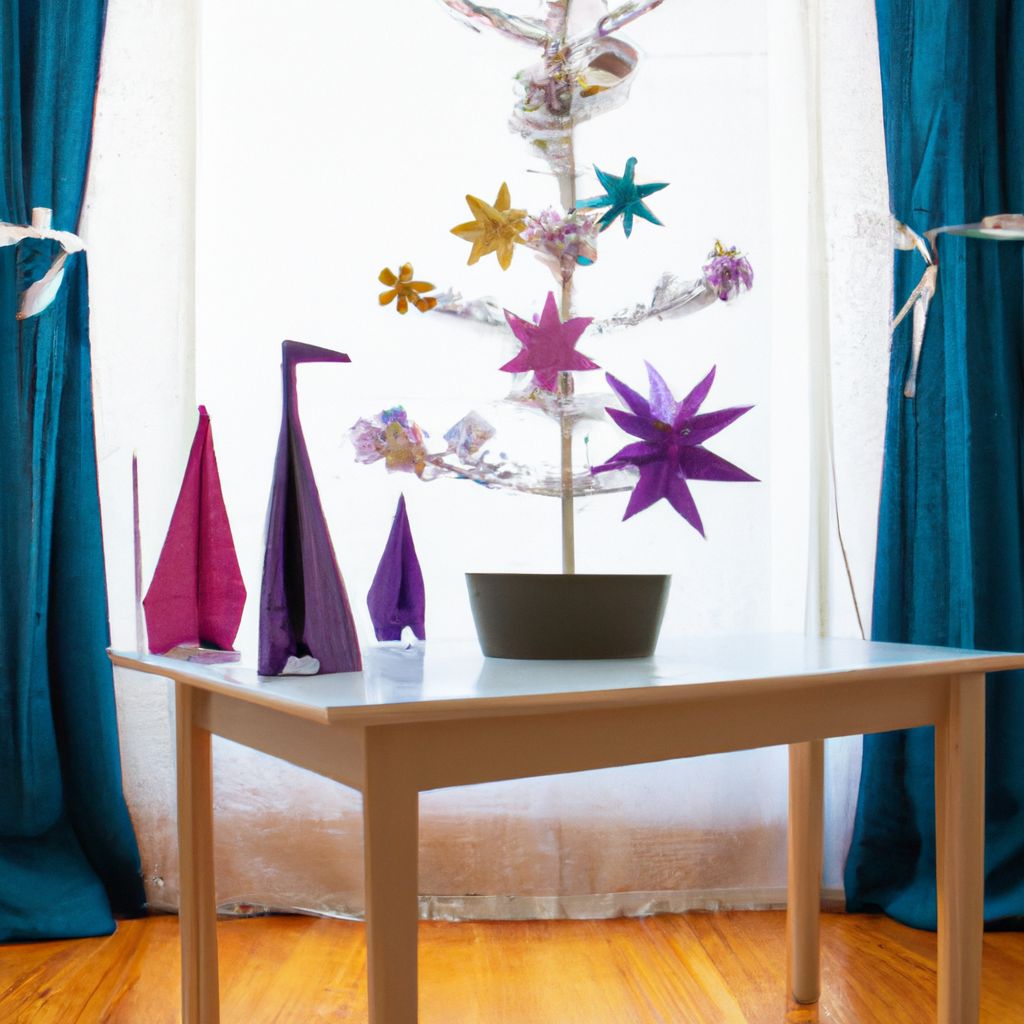
While origami is often admired as an ornamental art form, its practical applications extend well beyond creating beautiful paper sculptures. From home decor to gift packaging, origami can be incorporated into everyday life in a myriad of creative and functional ways. Let's explore some of the ways you can use origami in your day-to-day activities.
Home Décor
Origami can be used to create unique, handmade decorations for your home. For instance, origami cranes can be strung together to make a charming mobile, while origami flowers can brighten up any room without the need for watering. Origami boxes can serve as attractive storage solutions, and origami stars can make your Christmas tree truly unique.
Gift Packaging
Origami can add a personal touch to gift giving. Origami boxes, bags, and envelopes can serve as unique, reusable packaging for small gifts. Origami bows and flowers can also be used as decorative accents on wrapped gifts. Not only is this a creative and eco-friendly solution, but it also adds a touch of handmade love to your presents.
Educational Tools
Origami can be a great learning tool for children. It can help teach geometric concepts, improve fine motor skills, and foster creativity. Origami can also be used to make fun, interactive learning aids, such as origami fortune tellers for studying vocabulary or math facts.
Personal Accessories
With a bit of creativity, origami can be used to make personal accessories. Origami butterflies or flowers can be turned into unique brooches, hair clips, or earrings. Origami bookmarks are not only functional but can also be customized to match your favorite book.
Card Making
Origami can be used to create beautiful, three-dimensional greeting cards. An origami heart, for instance, can make a Valentine's Day card extra special. Origami pop-up cards are also sure to surprise and delight the recipient.
These are just a few examples of the countless ways origami can be incorporated into everyday life. With a bit of paper and some folding, you can bring the beauty and creativity of origami into your home, your gift-giving, and even your wardrobe.
Famous Origami Artists and Their Works
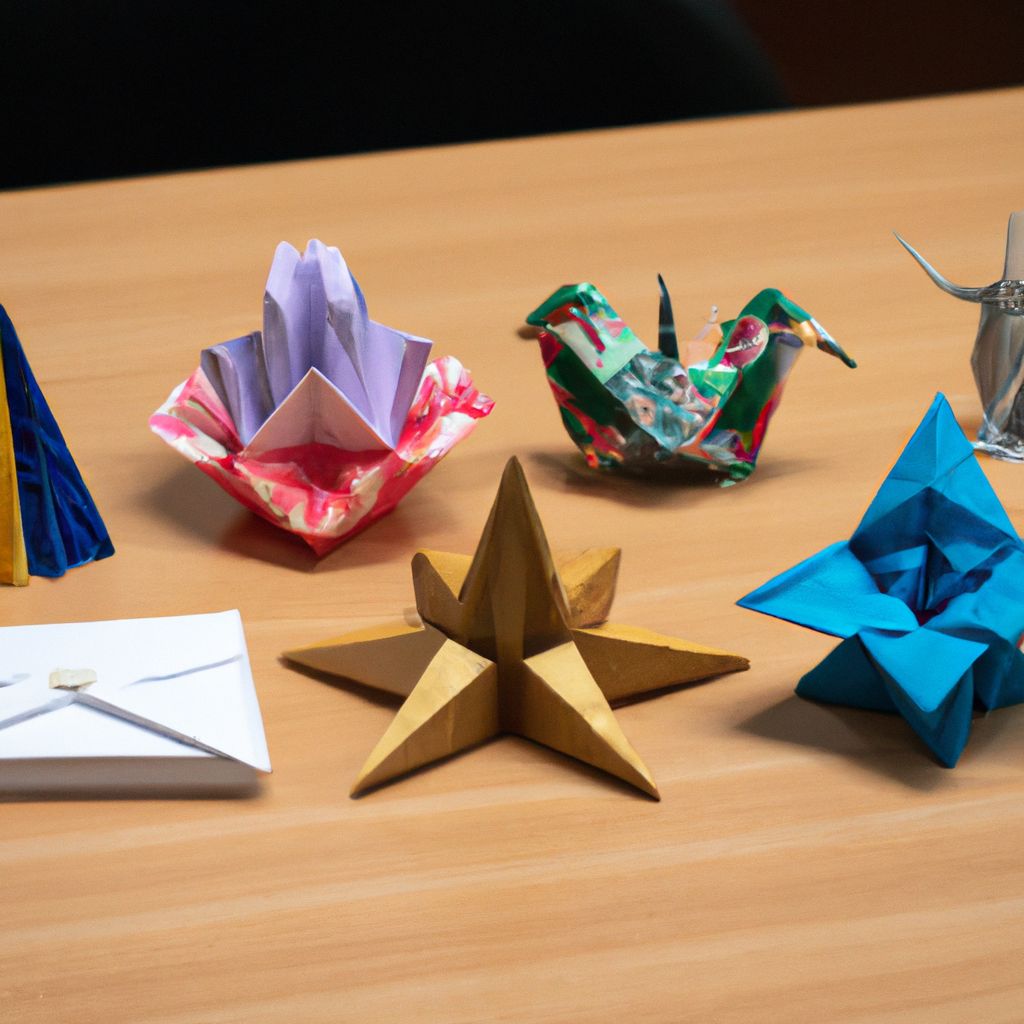
Origami, the traditional art of paper folding, has seen an explosion of creativity and innovation over the past few decades. Many artists have dedicated their lives to pushing the boundaries of this art form, creating incredibly intricate and complex works that captivate and inspire. Let's take a look at some of the world's most famous origami artists and their remarkable contributions to the field.
Akira Yoshizawa
Often referred to as the 'grandmaster of origami', Akira Yoshizawa is credited with transforming origami from a craft into a living art. He created over 50,000 models, many of which are now considered classics. Yoshizawa also developed a system of notation for origami folds that is now standard worldwide. His work, which includes animals, birds, flowers, and geometric shapes, is celebrated for its elegance and expressiveness.
Robert J. Lang
An American physicist turned full-time origami artist, Robert J. Lang is known for his complex and realistic origami designs, particularly of insects and animals. He has written several books on origami and is a leading advocate of using mathematical principles in origami design. His work, which ranges from tiny insects to a life-size human figure, demonstrates the incredible potential of origami.
Satoshi Kamiya
A leading figure in the world of modern origami, Japanese artist Satoshi Kamiya is known for his incredibly intricate and detailed models. His works, which include a three-headed dragon, a phoenix, and an ancient turtle, are celebrated for their complexity and realism. Kamiya's models often require hundreds of steps and hours of patient folding.
Tomoko Fuse
Tomoko Fuse is a Japanese artist known for her exceptional work in modular origami. Her designs, which include boxes, kusudamas (spherical shapes), and intricate tessellations, are celebrated for their beauty and precision. Fuse has written numerous books on origami and continues to inspire with her innovative designs.
These artists have elevated origami to new heights, showcasing the limitless potential of a single sheet of paper. Their work continues to inspire countless others to explore the art, science, and beauty of origami.
Conclusion: The Endless Possibilities with Origami

Origami, in its essence, is a celebration of creativity, precision, and transformation. From a simple sheet of paper springs forth a world of possibilities - intricate animals, blooming flowers, intricate geometric designs, and so much more. But origami is more than just an art form. It's a bridge between the abstract and tangible, the simple and complex, the traditional and innovative.
As we've explored, origami has applications far beyond the artistic realm. It's a powerful educational tool, aiding in cognitive development, fostering spatial skills, and making abstract mathematical concepts tangible. It's a therapeutic practice, promoting mindfulness, reducing stress, and aiding rehabilitation. It's also an area of scientific exploration, with principles of paper folding being applied in fields as diverse as robotics, medical devices, and space exploration.
Moreover, origami is a global language, transcending cultural and linguistic barriers. It encourages us to be patient, meticulous, and inventive. So whether you're an aspiring artist, an educator, a scientist, or simply a lifelong learner, origami has something to offer you.
As we fold each piece of paper, we're not just creating art; we're participating in a centuries-old tradition, pushing the boundaries of what's possible, and, in our own unique way, contributing to the beautiful, ever-evolving tapestry of origami.


